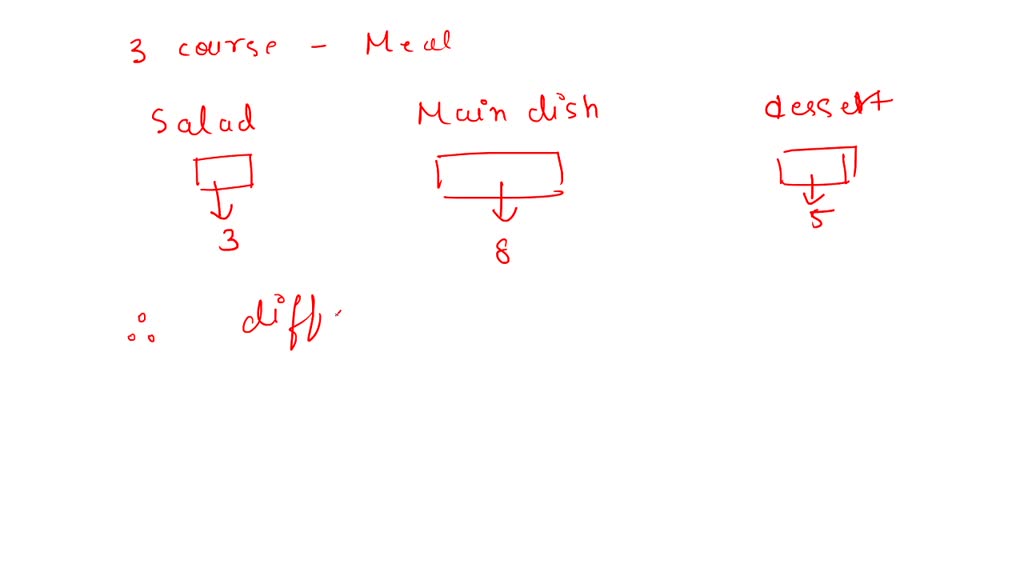

But we have overcounted here, since subsets are unordered. There are 6 children and 6 benches for them to sit. We choose any of $n$ elements at first, then any of the $n-1$ elements left, and continue, for $$n \cdot (n-1) \cdots (n- k +1)$$ choices. As a first attempt, we could count them by picking $k$ elements in order. The usual example is counting the number of subsets of size $k$ from $n$ elements. Now that you have a basic understanding, move on to the Got It? section to check your skills.To count the number of cows in your field, first count the number of legs and then divide by four. Think about how many different outfits you have:ģ pants * 6 shirts * 2 shoes = 3*6*2 = 36 possible outfits You are going through your suitcase to see how many outfits were packed, and find three pairs of pants, six shirts, and two sets of shoes, since we were packing very light.įor now, don't worry about matching.This gives us the same result with much less work and drawing! Using the Fundamental Counting Principle, we can rewrite the number of options for each type of food as a product to find the total number of combinations:ģ(sandwiches) * 3(sides) * 2(drinks) = 18 possible combinations Instead of drawing out the 18 different possibilities in a tree diagram, we can use the idea of the Fundamental Counting Principle to solve for the number of possible combinations. The Fundamental Counting Principle states that if one event has m possible outcomes and a second independent event has n possible outcomes, then there are. Solution: There are 18 total combinations. Sandwiches: Chicken Salad, Turkey, Grilled Cheeseĭraw a tree diagram to find the total number of possible outcomes.With the combo meal, you get 1 sandwich, 1 side, and 1 drink. Look at the tree diagram for this problem:Ī new restaurant has opened, and they offer lunch combos for $5.00. Learn about the Fundamental Counting Principle also known as the multiplication counting principle in this video by Mario's Math Tutoring. However, this can be applied to an infinite number of choices or possibilities, which opens the door for some neat shortcuts.

#Math counting principle series
So far in this Probability: An Overview series of Related Lessons, found in the right-hand sidebar, you have studied experimental and theoretical probability as well as dependency.


 0 kommentar(er)
0 kommentar(er)
